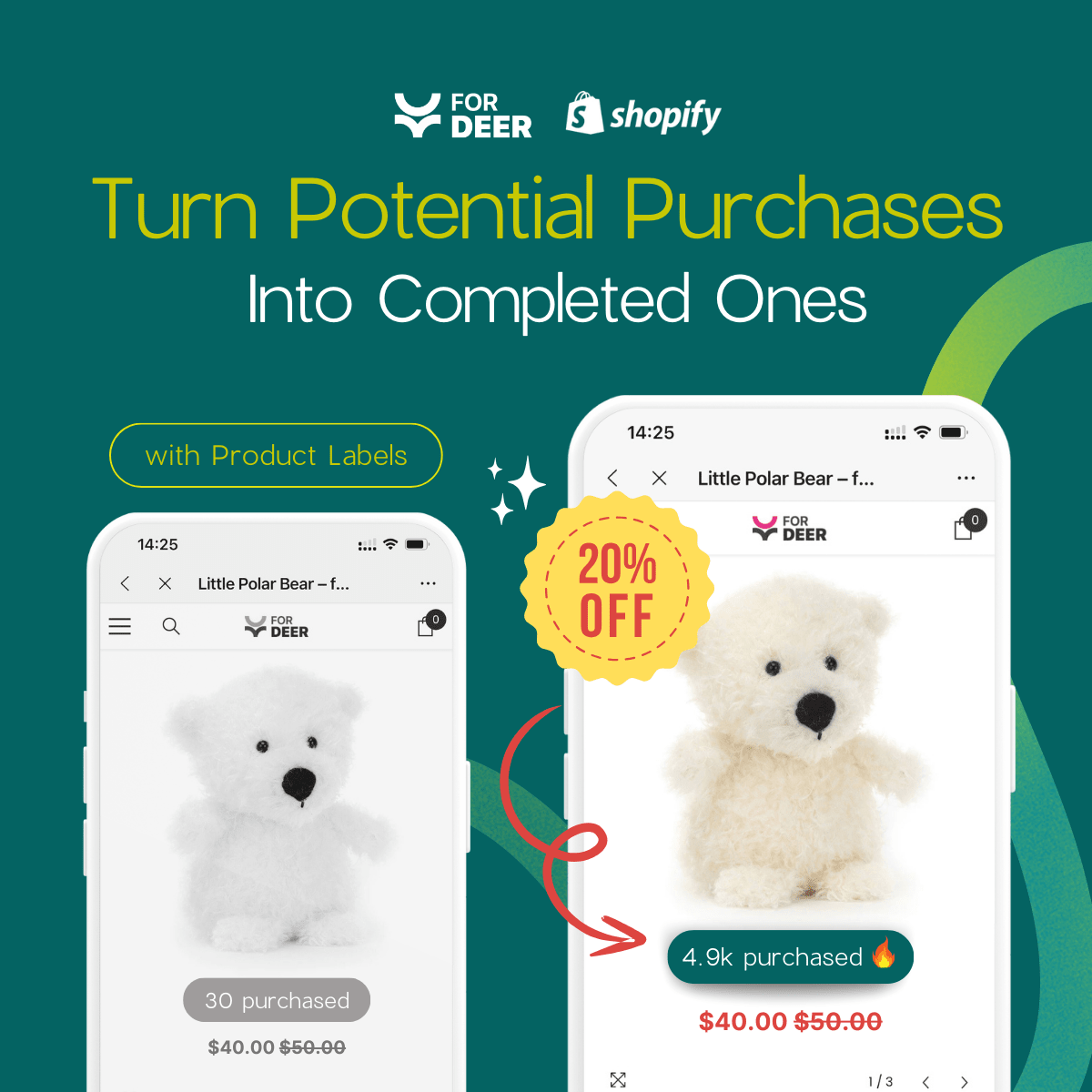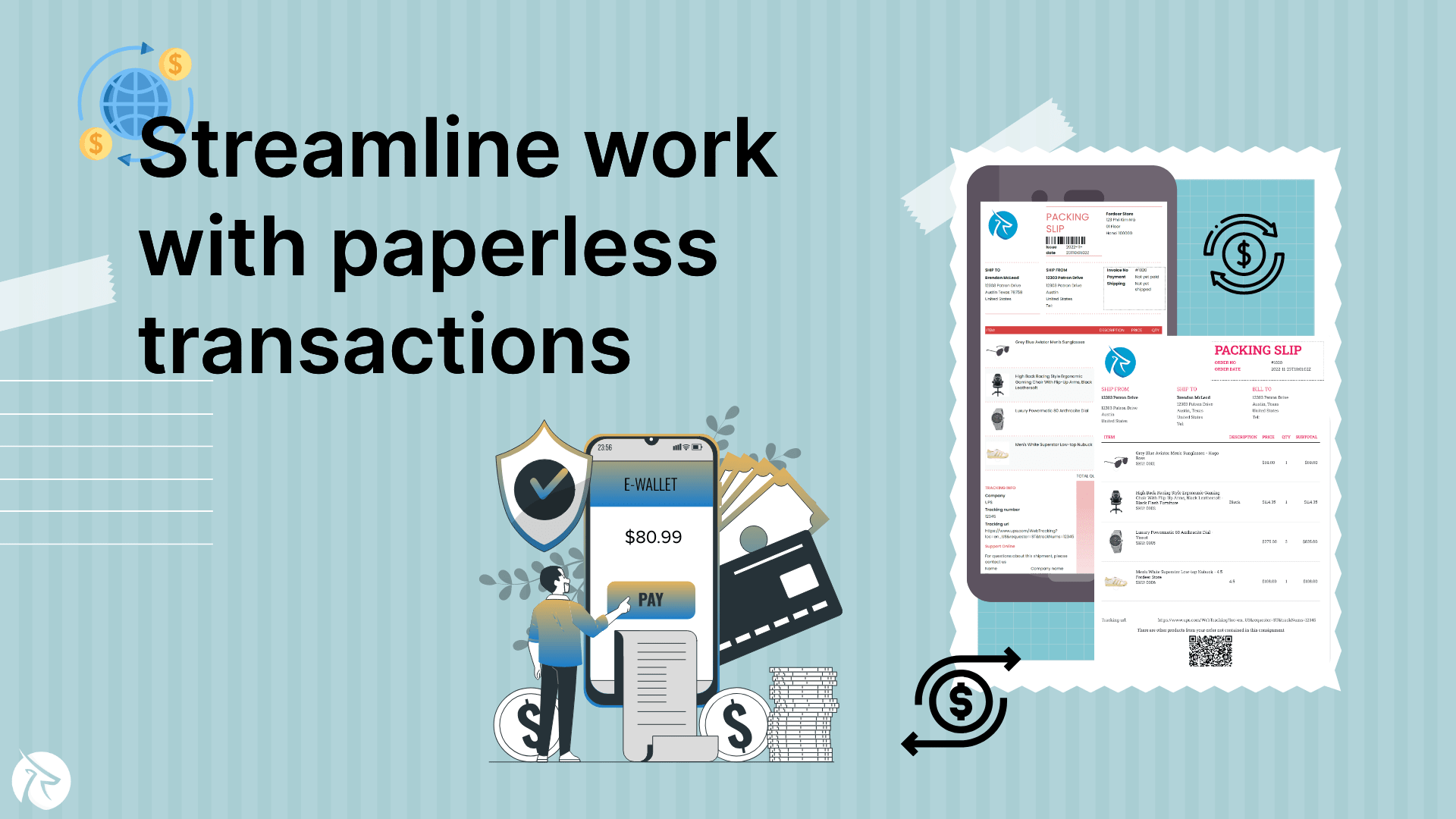Popups in eCommerce Security and Trust: Building Customer Confidence

In today's fast-paced digital marketplace, building trust with online shoppers is paramount. Customers, whether browsing for products or finalizing a purchase, seek reassurance that their personal and financial information is safe and their shopping experience is secure. This quest for trust is where the strategic use of popups comes into play.
In this article, Fordeer will embark on a journey into the world of eCommerce security and the innovative role popups play in fostering customer confidence. Trust is the bedrock upon which successful online businesses are built, and popups are proving to be powerful tools for achieving this goal. From addressing the skepticism that plagues online shoppers to delivering persuasive messages and creating visually appealing experiences, popups offer versatile solutions.
The eCommerce Trust Challenge: Why Do Shoppers Hesitate?
When it comes to eCommerce, trust is the linchpin of success. Several factors can influence a shopper's trust level in an online store, including:
Reputation: The reputation of the eCommerce website is like its digital currency. A well-established and reliable brand with a track record of quality and customer satisfaction instills confidence in potential buyers.
Security: In the digital age, concerns over the security of personal and financial information are paramount. Customers need assurance that their data is safe from cyber threats, hacking, and fraudulent activities.
Transparency: Transparency in product information and pricing is essential. Shoppers desire clarity; they want to know exactly what they are getting, the quality of the product, and how much it will cost. Hidden fees or unclear product descriptions can erode trust rapidly.
The impact of uncertainty on purchasing decisions
- Cart Abandonment: Doubts about security can be a significant cause of cart abandonment rates. When customers question the safety of their payment information, they often abandon their carts, hesitant to proceed with the purchase.
- Data Sharing: Trust significantly influences the willingness to share personal data. Customers are more inclined to provide necessary information for a smoother shopping experience when they trust an eCommerce site.
- Clear Policies: Clear and transparent policies can significantly reduce uncertainty. Policies regarding shipping, returns, and customer support, when communicated effectively, can alleviate concerns and build trust with shoppers.
Strategies for dealing with these issues
- Security Features: Popups can serve as trust signals by highlighting security features such as SSL certificates, secure payment methods, and data encryption. These visual cues reassure customers about their online safety.
- Social Proof: Testimonials and reviews displayed in popups provide social proof and build trust by showcasing the positive experiences of previous customers. Real stories from satisfied buyers can instill confidence in potential shoppers.
- Guarantees: Popups can offer guarantees and return policies, emphasizing hassle-free shopping and easy returns. This communicates that the eCommerce store stands behind its products and is committed to consumer satisfaction, further enhancing trust in the brand.
The Power of Popups: How Can They Build Customer Confidence?
Popups, often perceived as mere nuisances in the digital landscape, possess a remarkable potential for fostering positive customer experiences and trust-building in eCommerce.
- Beyond Annoying Ads: Popups have evolved far beyond their reputation as intrusive advertisements. When strategically employed, they can provide valuable information, guide users, and enhance their overall experience on a website.
- Effective Types of Popups: Not all popups are created equal. Certain types of popups, such as exit-intent popups, trust-building popups that highlight security measures, and those offering valuable content or discounts, have proven to be highly effective in enhancing trust and customer satisfaction.
- Influence on Customer Behavior: Popups have the power to influence customer behavior and decision-making. They can significantly reduce cart abandonment rates by addressing uncertainties, guiding customers towards trust-building actions, and even directly impacting conversion rates.
Crafting compelling content: What should your popups say?
The art of crafting persuasive and trust-building pop-up messaging requires an understanding of psychology and the dynamics of online shopping:
- Psychology of Persuasion: Leveraging psychological triggers such as scarcity, urgency, and social proof can make your popups more persuasive. By tapping into these cognitive factors, you can influence customer decisions positively.
- Elements to Include: Trust-building popups should incorporate elements like customer testimonials, security badges, and guarantees. These components communicate reliability, security, and commitment to customer satisfaction.
- Striking the Right Balance: Crafting the perfect popup content entails finding the right balance between informativeness and non-intrusiveness. Popups should provide valuable information without overwhelming or annoying users. Personalization based on user behavior and preferences can further enhance their effectiveness.
Designing trustworthy popups: Visual elements that matter
When it comes to designing trust-building popups, the visual aspects play a pivotal role in influencing how visitors perceive their trustworthiness. Here are key considerations:
Impact of Design: The design of your popups can significantly impact how they are perceived in terms of trustworthiness. Popups that are well-designed, with a professional appearance and clear messaging, tend to evoke more trust from visitors compared to cluttered or poorly designed ones.
Brand Aesthetic: Deciding whether your popups should align with your brand's aesthetic or stand out is a crucial consideration. While it's important to maintain brand consistency, you can also strategically design popups to grab attention when conveying essential trust-building information.
Visual Elements: Visual elements such as imagery, color schemes, and typography choices all contribute to conveying credibility. Using high-quality images, trust-inspiring colors, and legible fonts can collectively enhance the perceived trustworthiness of your popups.
Timing is everything: When and where to display trust-building popups
Effectively deploying trust-building popups hinges on when and where they appear on your website. You can consider the following sectors:
Strategic Placement: Popups should be strategically placed to maximize their impact. They can appear on product pages to highlight trust indicators like reviews and security measures, during the checkout process to reinforce security, or as exit-intent popups to prevent cart abandonment.
Timing Alignment: Timeliness is essential. Popups should align with customer intent. For instance, showing trust-building popups about return policies during the checkout process reassures customers when they need it most.
Frequency Considerations: To maintain a positive user experience, it's crucial to avoid popup fatigue. Bombarding visitors with too many popups can be counterproductive. Striking the right balance between informative popups and a seamless browsing experience is key.
Real-World Success Stories: Businesses that Boosted Trust with Popups
Amazon: The world's largest online retailer, Amazon, has effectively utilized trust-building popups to enhance customer confidence. For instance, when customers proceed to checkout, Amazon often displays popups highlighting their secure payment systems, trusted shipping partners, and hassle-free return policy. These popups reassure shoppers about the safety of their transactions and the reliability of Amazon's services, contributing to increased conversions and customer trust.
Walmart: Another retail giant, Walmart, has employed trust-building popups to improve user experiences. Walmart strategically uses popups to offer personalized product recommendations based on a shopper's browsing history and cart contents. By providing relevant suggestions and discounts through non-intrusive popups, Walmart increases the likelihood of customers finding what they need and completing their purchases, ultimately building trust and loyalty.
These examples illustrate how even industry leaders like Amazon and Walmart leverage trust-building popups to enhance their eCommerce operations, boost customer trust, and drive conversions. Smaller eCommerce businesses can draw inspiration from these success stories when implementing their pop-up strategies.
Best Practices and Tools: Implementing Popups for eCommerce Trust
Implementing trust-building popups effectively requires a combination of best practices and the right tools. Let's delve deeper into this essential aspect of eCommerce:
Practical tips for success
To enhance your popup campaigns, it's essential to consider several practical tips:
- When crafting copy for your popups, prioritize persuasive messages that resonate with customers and instill trust.
- Pay close attention to visuals, selecting images, colors, and typography that complement your brand's image and target market preferences.
- Effective trigger settings, which determine when popups appear, are crucial for encouraging desired actions and timing their display correctly.
Top tools and plugins
Explore a variety of tools and plugins designed to facilitate the integration of popups into your eCommerce site. These tools each have certain qualities and advantages:
- Popup builder tools make it easy to create compelling popups.
- A/B testing platforms enable you to optimize your popups for maximum impact.
- Analytics resources provide valuable data to measure the success of your popup campaigns.
- Understanding these tools will help streamline the process of implementing popups and make it more efficient and productive.
Step-by-step implementation guide
For those new to the strategy of trust-building popups, navigating this process can seem overwhelming. This step-by-step guide breaks down the entire implementation process:
- Begin by selecting the most suitable type of popup based on your eCommerce goals.
- Define clear trust-building objectives that align with your broader eCommerce strategy.
- Establish methods for tracking and evaluating the impact of your popups to ensure they align with your eCommerce objectives.
Beyond Trust: Additional Benefits of eCommerce Popups
While building trust is a primary objective, eCommerce popups have the potential to deliver additional advantages that can enhance your online business in various ways:
Enhanced user engagement: Explore how well-designed popups can boost user engagement and contribute to an improved overall user experience on your eCommerce platform. When popups are strategically implemented with relevant and valuable content, they can capture visitors' attention, keep them engaged, and encourage further exploration of your products or services.
Tracking and measuring success: Effective popup campaigns are not just about implementation; they also require ongoing assessment and optimization. You will be able to make data-driven decisions with the help of these insights and they can continually refine your popup strategy.
Exploring future trends: Stay ahead of the competition by gaining insights into the future trends and innovations in eCommerce popup strategies as technology evolves and consumer behaviors shift, it's essential to remain adaptable and prepared for emerging opportunities.
Conclusion
As you navigate the evolving eCommerce landscape, remember that strategically designed and thoughtfully implemented popups can be your secret weapon for building customer trust, enhancing user engagement, and achieving eCommerce prosperity.
By embracing these insights and incorporating them into your eCommerce strategy, you'll be well-prepared to build customer confidence and drive success in the digital marketplace. You just need to trust in your popups, trust in your eCommerce journey, and trust in the value they bring to your online business.











